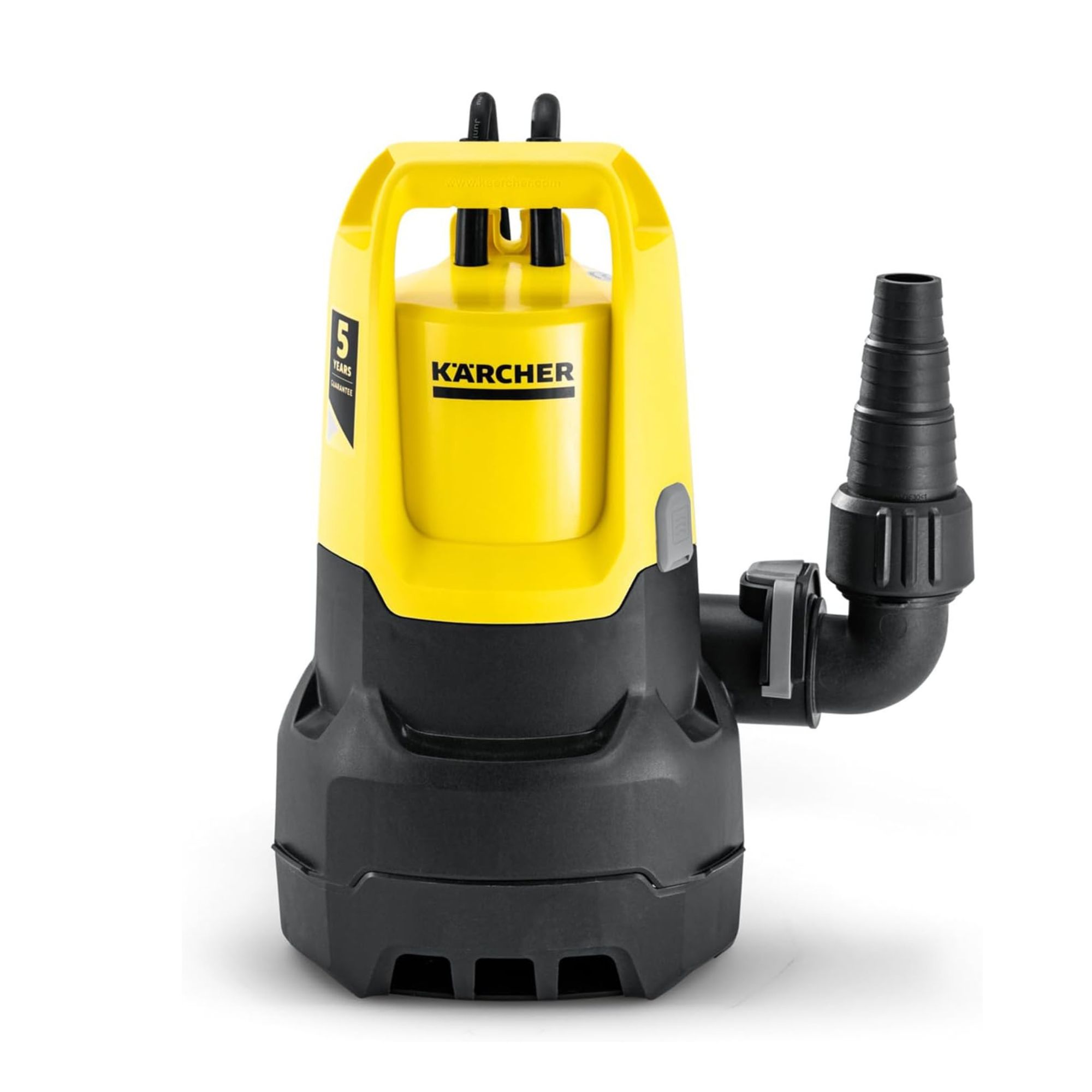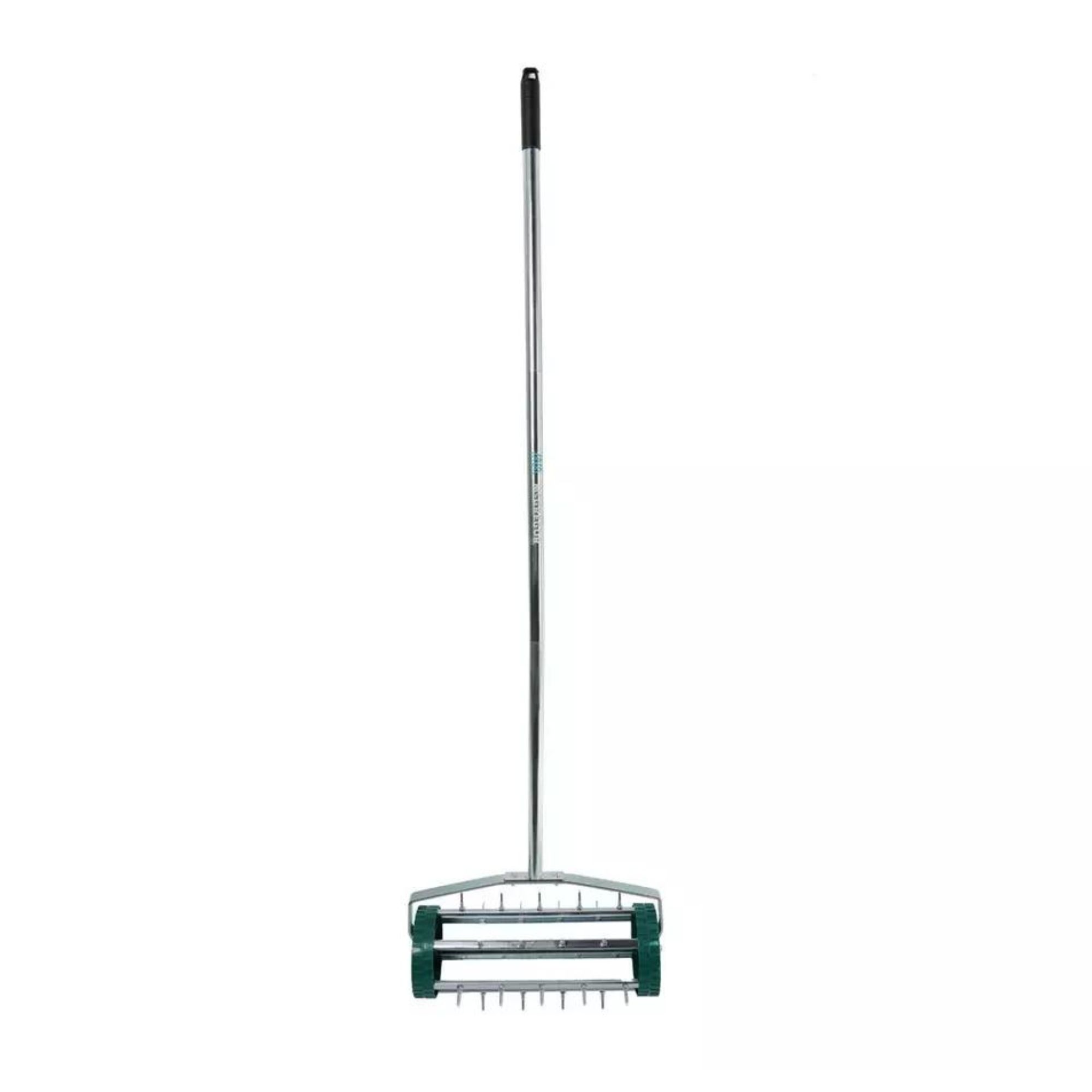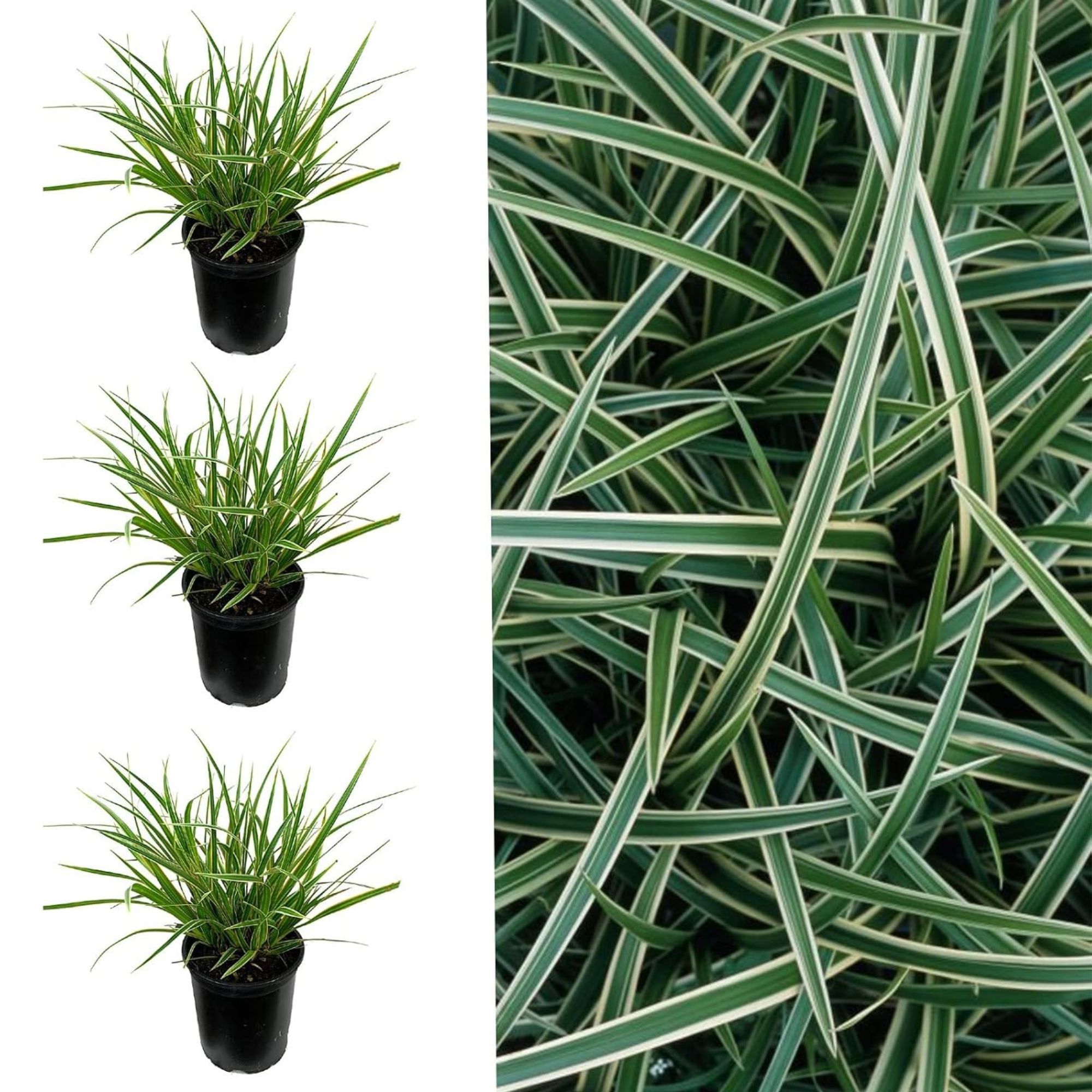How do you dry out a flooded garden? 6 ways to restore a wet garden and stop it happening again
Drainage is key

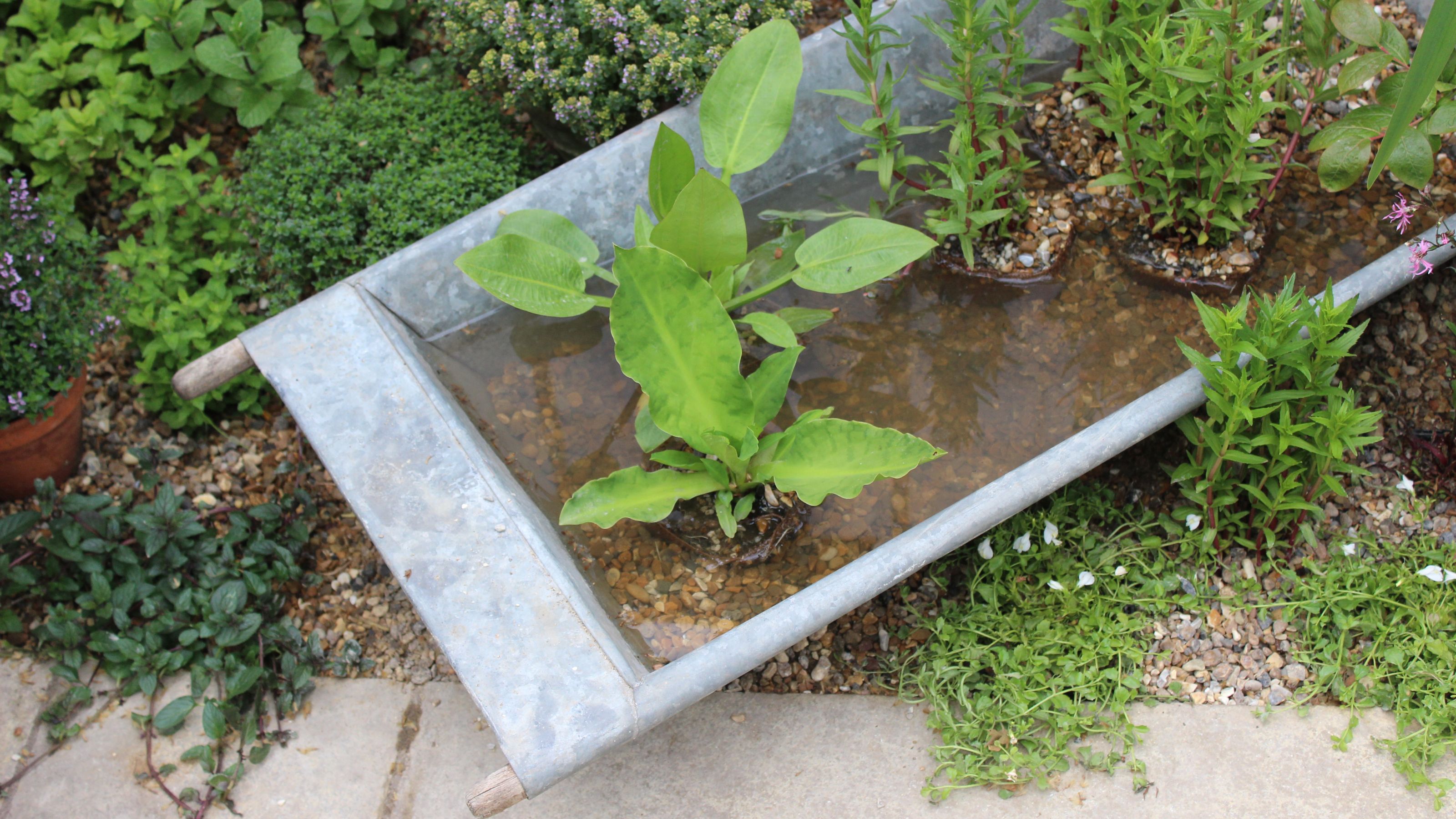
If the wet weather has turned your garden into a muddy bog, you'll know that a flooded garden can be a real headache. But how do you dry out a flooded garden? And how do you stop it from happening again?
Yes, nothing ruins a garden idea quite like a barrage of water overpowering your outside space. And while there are ways to flood-proof your garden, you first need to deal with the water that’s drowning your plants, pooling on your patio, and threatening to make its way into your home.
That’s why we’ve reached out to garden and drainage experts to help you dry out a flooded garden when you need to restore your wet outside space to its former glory.
1. Assess the garden
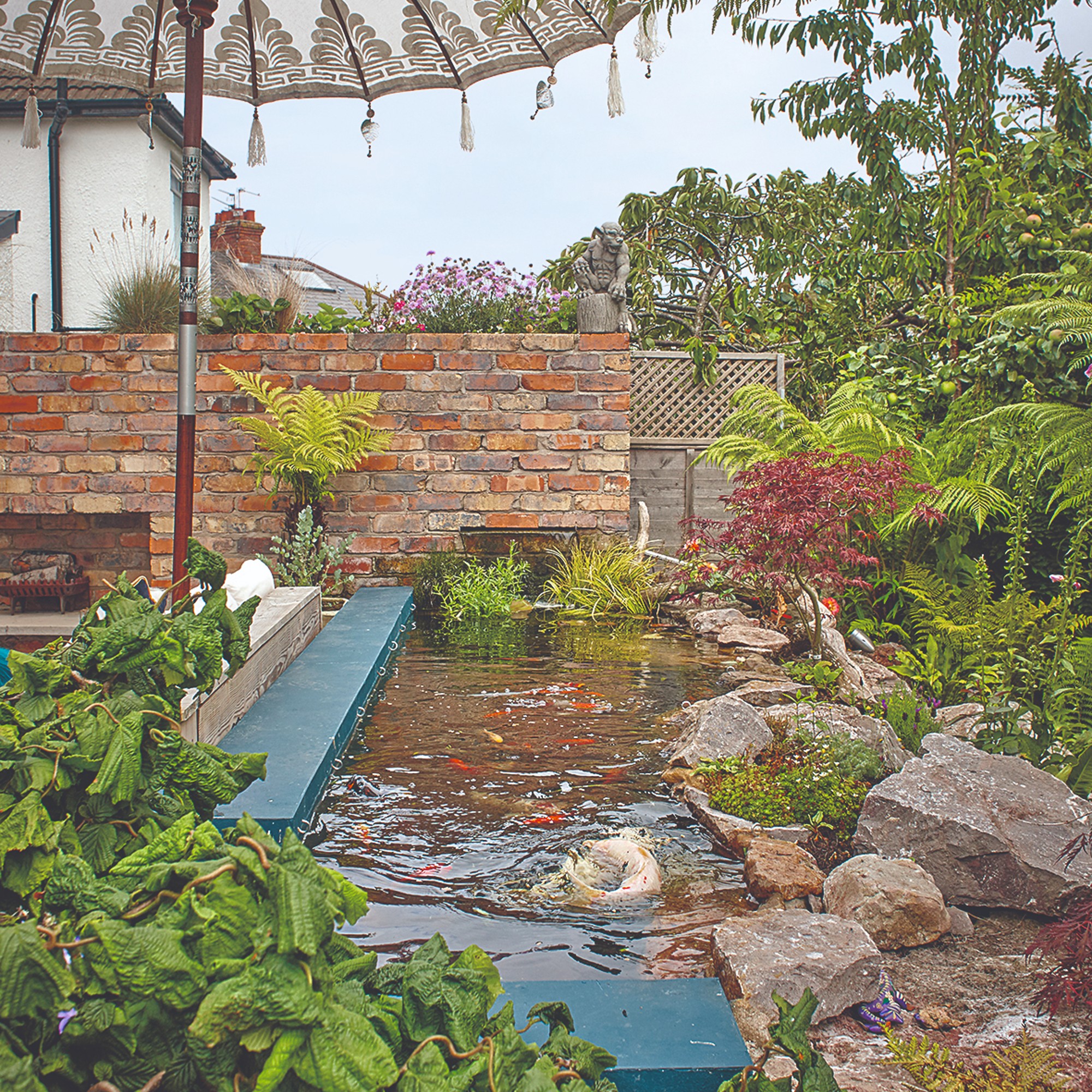
When your garden floods, your first instinct may be to deal with the excess water as soon as possible. But it’s important to note that you should always take a breath before making any rash decisions. First, you need to assess the garden.
Jess Thomas, drainage expert at Drainage Central, explains, ‘If the water looks or smells contaminated, avoid it. This could be a sign of a sewage pipe leak or other hazardous issue rather than a simple flooded garden. I recommend calling in the experts if you believe this is the case.’
Even if you’re confident that your flooded garden has been caused by excess rain, you still need to take measures to keep the area safe.
Jess adds, ‘Turn off any garden electricals at the plug before you attempt to work with the water. This will eliminate the risk of electric shock.'
Sign up to our newsletter for style inspiration, real homes, project and garden advice and shopping know-how
2. Remove any standing water

If the standing water has turned your outdoor space into a mud pit, your first port of call should be to move your container garden out of the water so that the individual pots can start drying out.
Then, you should turn your attention to draining the standing water. You should be able to do this with the help of a few buckets, some brooms (to divert the water down unclogged drains) and some willing volunteers.
In cases of extreme flooding, however, you may need a helping hand in the form of a submersible water pump or outdoor water vacuum.
‘These appliances are very handy, and you should be able to hire one,’ says Jess. ‘If you have to use a bucket, this will take more time but should still get the majority of the water away.’
These tools, coupled with (hopefully) a break in the wet weather, should remove the standing water. Then, you need to tackle your waterlogged soil and your overall garden drainage.
3. Improve overall garden drainage
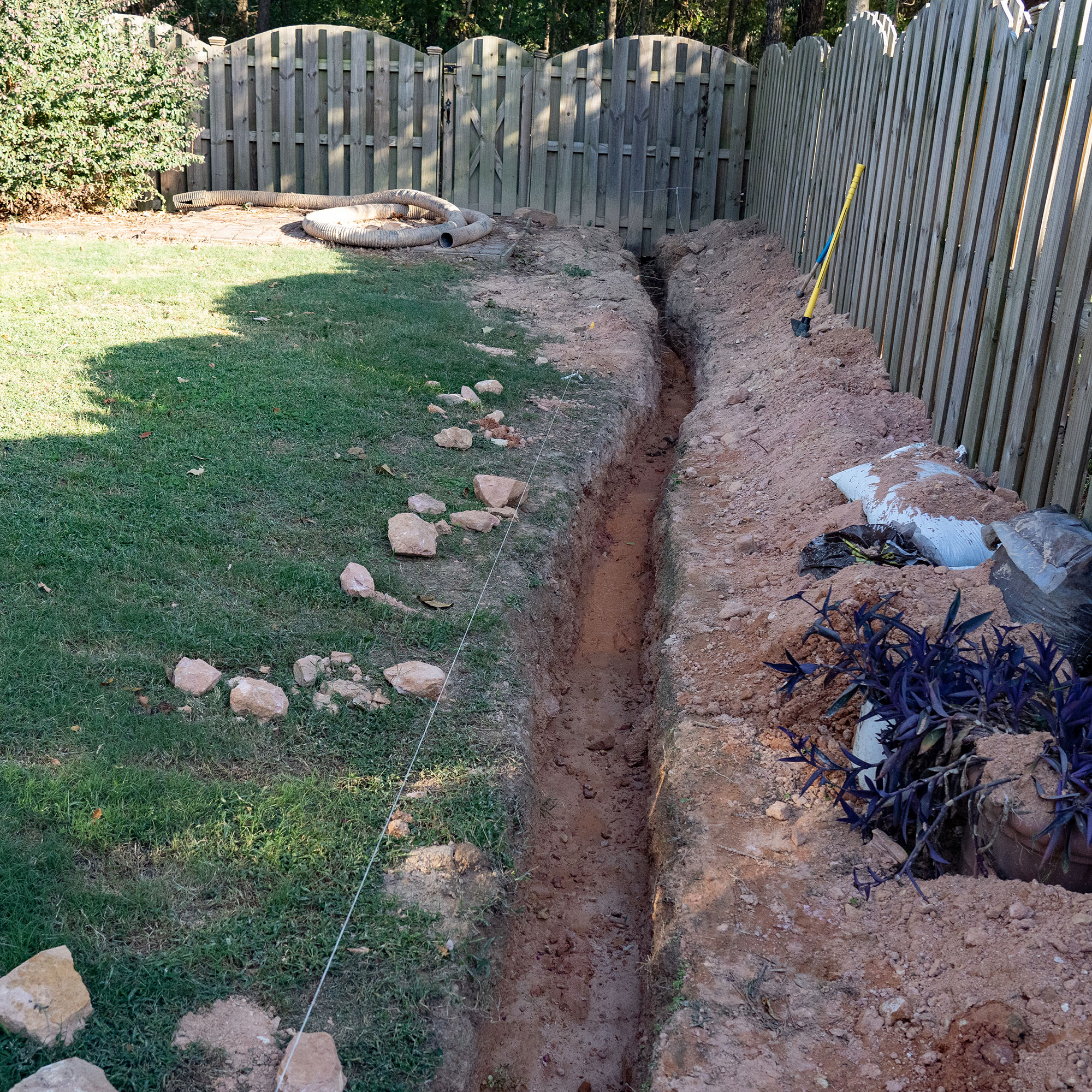
Although extreme rainfall or leaks can flood your garden, poor drainage can also make the situation worse. So, to prevent your garden from flooding again, you should work on improving your overall garden drainage.
Jess says, ‘This should help some of the water drain. Dig small channels/trenches so that you can direct water away from any waterlogged areas. Aim to lead the water to a drainage point such as an outdoor drain, or into planted areas.’
This is echoed by Morris Hankinson, Managing Director of Hopes Grove Nurseries, who suggests specific solutions for a flooded garden.
He says, ‘To prevent future flooding, consider installing French drains (or a gravel drain) where you may need to call in specialists, planting a rain garden or using rain barrels to collect excess rainwater.’
For more information, check out our guides on rain harvesting and top tips on where to build a rain garden.
4. Improve soil drainage
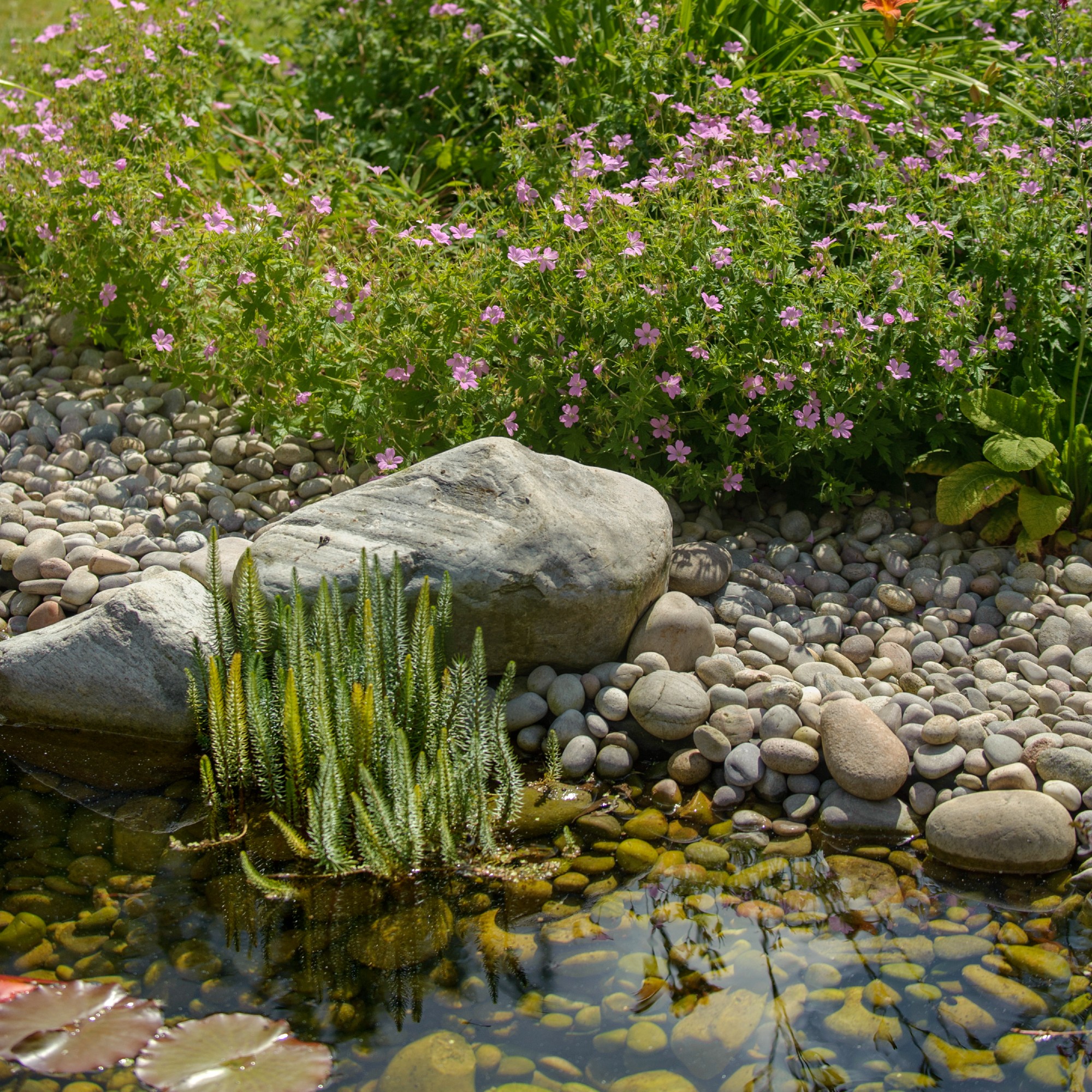
Poor soil drainage can not only cause a flooded garden, but it can also make it worse. This is especially true for those with clay soil in their garden. Because of this, you need to take steps to improve lawn drainage - and this includes lawn aeration.
Morris says, ‘You can improve soil drainage by using a garden fork to allow air to circulate and help the water to drain away.’ Jess agrees, stating, ‘Aeration helps the soil absorb water more effectively, therefore speeding up the drying process in this instance.’
But that’s not all you can do. If you have particularly compacted, waterlogged soil, you should consider adding new materials into the mix.
‘If you do have clay soil, consider adding sand or grit into the soil, as this will improve drainage,’ Jess explains.
5. Plant flood-proof plants
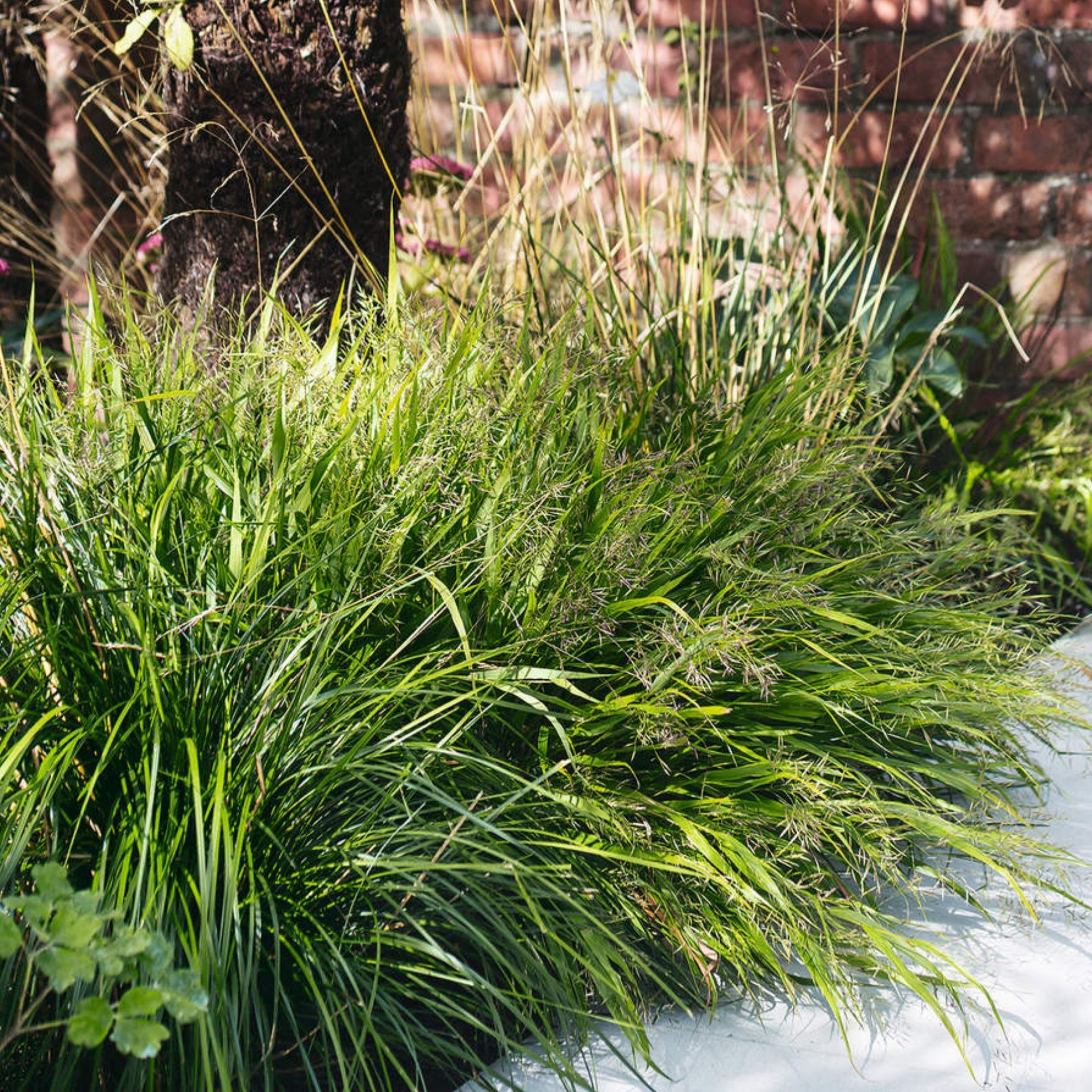
While you should always remove any plants that have been damaged by flooding in your garden, you can also add flood-proof plants that will thrive in waterlogged soil and help to absorb the water in the future.
Jess explains, ‘Plants such as willows, dogwoods, or ornamental grasses can and will help absorb excess water. They won't be the perfect solution, but they can still help.’
6. Regularly inspect your property

You can’t control the weather after drying out a flooded garden. But you can control what you do about it, and you can take steps to prevent it from happening in the first place.
Because of this, we’d suggest regularly inspecting your property and your garden for any signs of future flooding - or anything that could make flooding worse.
‘Regularly inspect and clean any garden drains, grates, or drainage systems to prevent blockages,’ says Jess. ‘You should also ensure your home's gutters and downspouts are clear at all times, directing water away from your garden and home.’
In fact, that’s one of the reasons why it’s so important to clean your gutters on a regular basis. And if you want to prevent them from getting clogged in the first place, you might want to consider gutter guards.
FAQs
How long does waterlogged grass take to dry?
Waterlogged grass can take weeks or even months to dry if nothing is done to help it. Without proper drainage, the water won’t drain through the soil but will instead pool on top and within the layers of soil.
However, you can speed up this process and improve the drainage in your lawn by aerating your lawn. This will give the water the chance to drain through the soil, rather than pooling and causing waterlogging.
What is the difference between flooding and waterlogging?
The difference between flooding and waterlogging is all to do with time. While flooding is normally a temporary problem caused by intense rain or even a household leak, waterlogging is a permanent problem caused by poor drainage in your garden.
Both flooding and waterlogging can be fixed, but waterlogging is harder to solve as it’s normally the result of poor-quality soil that needs time and attention.
Well, there you have it. That’s how you dry out a flooded garden - although, hopefully, you won’t need it!

Lauren Bradbury has been the Content Editor for the House Manual section since January 2025 but worked with the team as a freelancer for a year and a half before that. She graduated with a Bachelor’s degree in English and Creative Writing from the University of Chichester in 2016. Then, she dipped her toe into the world of content writing, primarily focusing on home content. After years of agency work, she decided to take the plunge and become a full-time freelancer for online publications, including Real Homes and Ideal Home, before taking on this permanent role. Now, she spends her days searching for the best decluttering and cleaning hacks and creating handy how-to guides for homeowners and renters alike, as well as testing vacuums as part of her role as the Ideal Home Certified Expert in Training on Vacuums, having spent over 110 hours testing different vacuum models to date!
